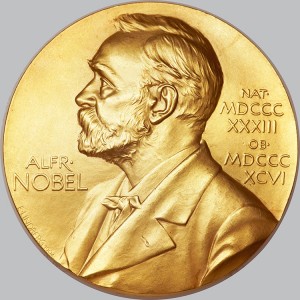Nobel Prize in Physics
October 5, 2016
Yesterday, October 4, the Royal Swedish Academy of Sciences in Stockholm, Sweden, awarded the 2016 Nobel Prize in physics to three British scientists now working in the United States. David J. Thouless of the University of Washington in Seattle, F. Duncan M. Haldane of Princeton University, and J. Michael Kosterlitz of Brown University in Rhode Island shared the prize for their predictions on how matter reacts when pushed to its limits.
The physicists used topology to predict what happens to single-atom-thick films or chains at extremely low temperatures. Topology is a branch of mathematics that deals with properties of geometric figures that cannot be changed by stretching, squeezing, or twisting. Thouless, Haldane, and Kosterlitz created topological models to explain the strange behavior of these materials near absolute zero, the temperature at which atoms and molecules have the least amount of heat possible. Later researchers used complex laboratory techniques to confirm the predictions.
Far from being purely theoretical, the laureates’ work may eventually yield real-world dividends. Because their models accurately predict the behavior of exotic states of matter, engineers are exploring the possibilities of using such materials for applications in superconducters and quantum computers. Superconductors are materials that conduct electric current without resistance at extremely low temperatures. Quantum computers are machines that perform calculations by taking advantage of certain principles in quantum mechanics. Quantum computers can perform complex calculations that are practically impossible with traditional computers. The work of Thouless, Haldane, and Kosterlitz may well contribute to the next generation of advanced electronics.



